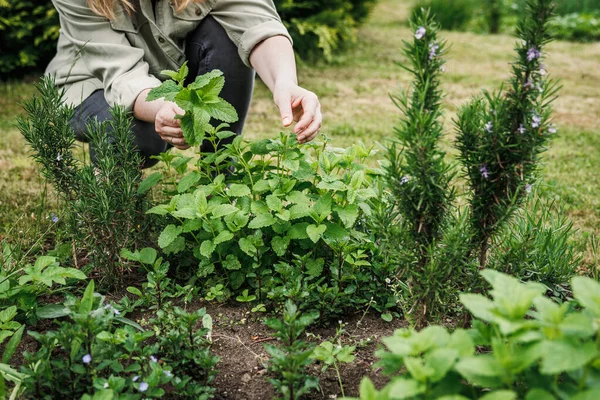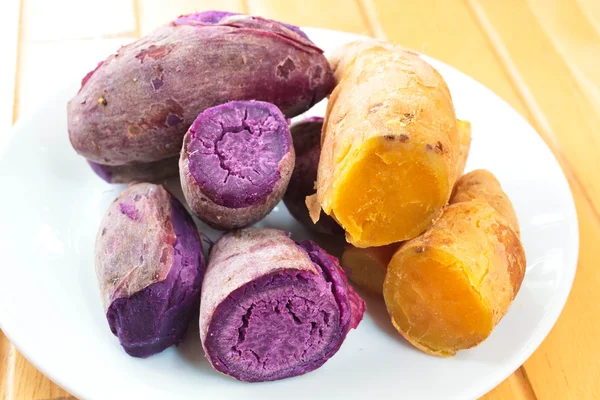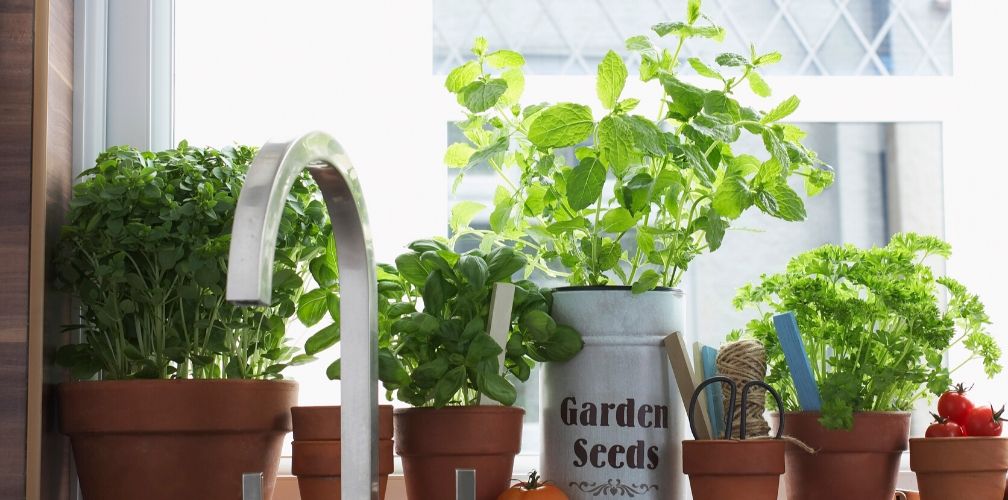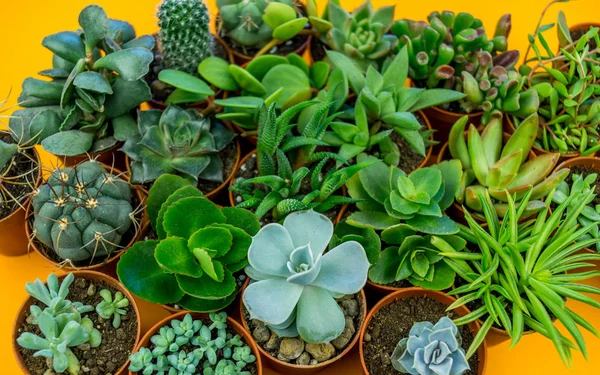Are you a homeowner, landscaper, or urban gardener looking for the best herbs and crops to enhance your edible lawn?
Imagine a garden that not only delights the senses with its vibrant colors and fragrances but also offers a rewarding way to enjoy the beauty of nature while providing fresh, healthy ingredients right at your doorstep. In Kenya, where the climate is as diverse as the landscapes themselves, incorporating edible plants into your garden design is a practical and fulfilling approach. By growing an edible lawn, you can create a space that’s as functional as it is beautiful, blending the aesthetic appeal of traditional landscaping with the practicality of homegrown produce.
In this post, you will explore the top 10 edible herbs and crops for your lawns such as mint, rosemary and lemongrass.
1. Basil
Basil is a versatile herb that thrives in sunny spots and is a staple in many Kenyan kitchens. It can be grown in pots or directly in the ground, making it a flexible choice for any garden layout.
- Growth Conditions: Basil prefers full sun and well-drained soil. Regular watering is essential, especially during dry spells.
- Uses: This herb is commonly used in salads, sauces, and soups. Its aromatic leaves add flavor to dishes and can also be used to make herbal teas.
- Benefits: Basil is easy to grow and can be harvested continuously, promoting a sustainable supply of fresh herbs. Its vibrant green leaves also enhance the visual appeal of gardens.
2. Rosemary
Rosemary is a hardy herb known for its fragrant leaves and culinary uses. It thrives in sunny locations and well-drained soil, making it an excellent choice for Kenyan gardens.
- Growth Conditions: Rosemary prefers full sun and requires minimal watering once established. It is tolerant of drought conditions.
- Uses: This herb is widely used in cooking, particularly for seasoning meats and vegetables. It can also be used in herbal teas and as a natural remedy.
- Benefits: Rosemary adds both beauty and fragrance to gardens. Its woody structure and needle-like leaves provide texture and can be used as a low hedge or border plant.
3. Lemongrass
Lemongrass is a fragrant herb that is both ornamental and culinary. It thrives in sunny conditions and is known for its refreshing citrus scent.
- Growth Conditions: Lemongrass requires full sun and regular watering, especially during the dry season. It prefers well-drained, fertile soil.
- Uses: This herb is commonly used in Asian cuisine, particularly in soups and teas. It can also be used to infuse water and other beverages.
- Benefits: Lemongrass not only adds a delightful scent to gardens but also serves as a natural insect repellent. Its tall, grass-like appearance can enhance the landscape’s texture.
4. Mint

Mint is a fast-growing herb that is easy to cultivate in Kenyan gardens. It thrives in a variety of conditions and is known for its invigorating aroma.
- Growth Conditions: Mint prefers partial shade to full sun and well-drained soil. It requires regular watering to keep the soil moist.
- Uses: This herb is widely used in beverages, desserts, and savory dishes. Mint leaves can be used fresh or dried for flavoring.
- Benefits: Mint is a vigorous grower that can quickly cover ground, making it an effective ground cover plant. Its pleasant fragrance can also enhance the garden experience.
5. Oregano
Oregano is a hardy herb that is well-suited for Kenyan gardens. It thrives in sunny spots and is known for its robust flavor.
- Growth Conditions: Oregano prefers full sun and well-drained soil. It is drought-tolerant and requires minimal maintenance.
- Uses: This herb is commonly used in Mediterranean cuisine, particularly in sauces, marinades, and salads.
- Benefits: Oregano is not only a flavorful addition to dishes but also attracts beneficial insects to the garden. Its compact growth habit makes it suitable for borders and containers.
6. Chives
Chives are a perennial herb that adds a mild onion flavor to dishes. They are easy to grow and thrive in various conditions.
- Growth Conditions: Chives prefer full sun to partial shade and well-drained soil. They require regular watering to keep the soil moist.
- Uses: This herb is commonly used as a garnish for soups, salads, and omelets. The flowers are also edible and can add color to dishes.
- Benefits: Chives are low-maintenance and can be harvested continuously. Their attractive purple flowers add beauty to the garden while providing culinary uses.
7. Cilantro (Coriander)
Cilantro, also known as coriander, is a popular herb in Kenyan cuisine. It thrives in sunny conditions and is known for its distinct flavor.
- Growth Conditions: Cilantro prefers full sun and well-drained soil. It requires regular watering, especially in dry periods.
- Uses: This herb is commonly used in salads, salsas, and as a garnish for various dishes. Both the leaves and seeds (coriander) are edible.
- Benefits: Cilantro is easy to grow and can be harvested multiple times. Its vibrant green leaves add freshness to dishes and enhance the garden’s visual appeal.
8. Thyme
Thyme is a versatile herb that is well-suited for Kenyan gardens. It thrives in sunny spots and is known for its aromatic leaves.
- Growth Conditions: Thyme prefers full sun and well-drained soil. It is drought-tolerant and requires minimal watering.
- Uses: This herb is commonly used in cooking, particularly for seasoning meats, soups, and stews. It can also be used in herbal teas.
- Benefits: Thyme is a low-maintenance plant that can be harvested continuously. Its compact growth habit makes it suitable for borders and containers.
9. Sweet Potatoes
Sweet potatoes are not only a nutritious food source but also serve as an attractive ground cover in gardens. They thrive in warm conditions and are easy to grow.
- Growth Conditions: Sweet potatoes prefer full sun and well-drained, sandy soil. They require regular watering, especially during the growing season.
- Uses: The tubers can be harvested and used in a variety of dishes, from stews to desserts. The young leaves are also edible and can be used in salads or cooked.
- Benefits: Sweet potatoes are a great source of vitamins and minerals. Their sprawling vines can effectively suppress weeds and cover bare soil.
10. Kale
Kale is a nutrient-dense leafy green that is well-suited for Kenyan gardens. It thrives in cooler temperatures but can tolerate warm conditions.
- Growth Conditions: Kale prefers full sun to partial shade and well-drained soil. Regular watering is essential to keep the leaves tender.
- Uses: This leafy green can be used in salads, smoothies, and cooked dishes. It is rich in vitamins A, C, and K.
- Benefits: Kale is easy to grow and can be harvested continuously. Its attractive foliage adds color and texture to the garden while providing a sustainable source of nutrition.
Conclusion
As the demand for sustainable living and fresh, organic produce grows, incorporating edible plants and herbs into your landscape is more relevant than ever. By transforming your garden into an edible oasis, you not only enhance its aesthetic appeal but also contribute to your household’s food security and well-being. These plants are not just decorative; they are practical, resilient, and perfectly suited to Kenya’s climate. So, why not turn your lawn into a productive space that offers more than just greenery? With the right selection of herbs and edible plants, your garden can become a vibrant, living grocery store, offering you the freshest ingredients for your kitchen while adding beauty and value to your home.



